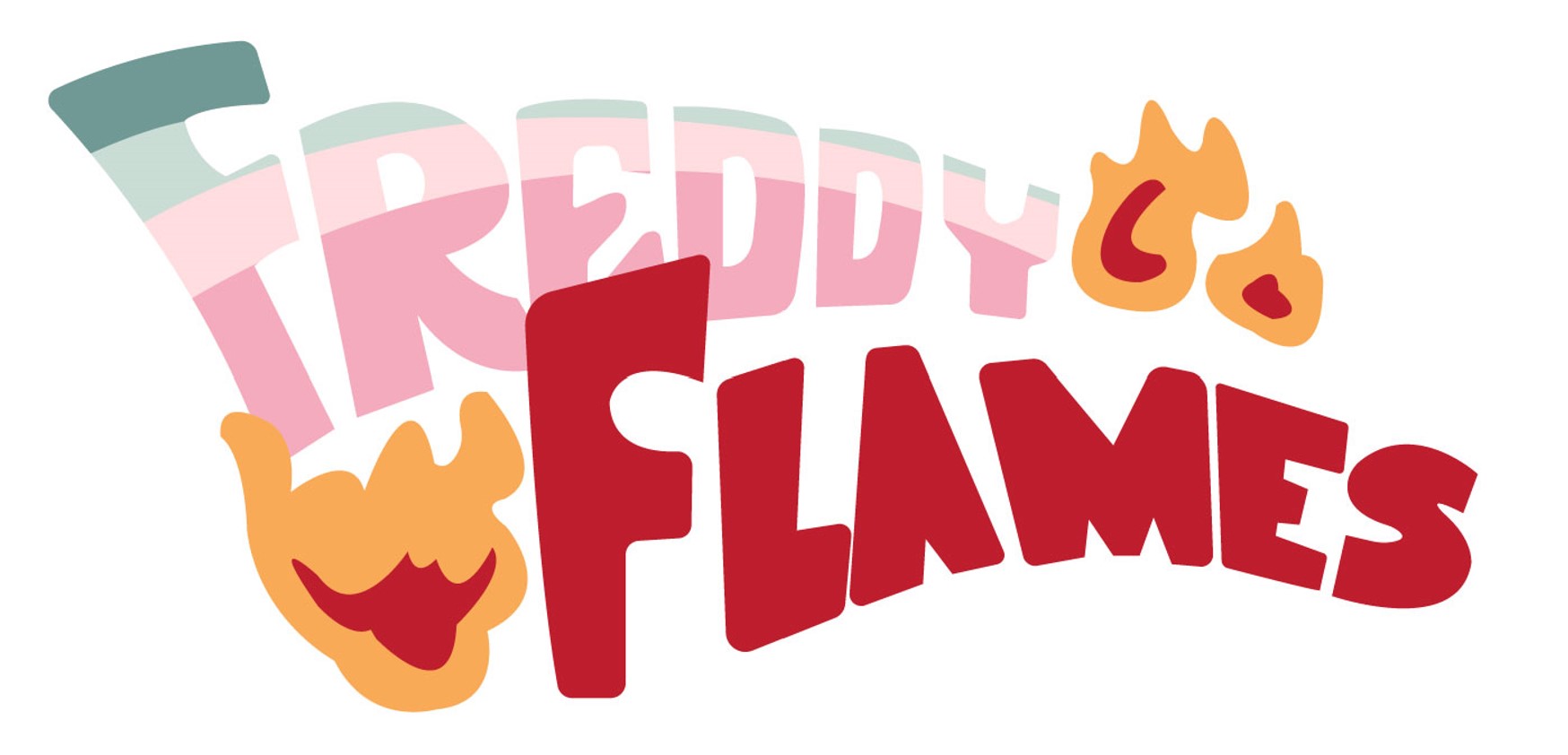Some time back, I wrote about Centuri’s successful but brief stint as an arcade manufacturer in the early 80s. In that article, which you can check out here, I touched on a game developed by a member of Centuri’s in-house development team. This week I want to share some more detail about that game – Freddy Flames.

Lee Feuling joined the company in 1983, after presenting himself unannounced one day at their offices in Hialeah, Florida.
Back then I had worked at a couple of programming companies in Miami doing standard accounting software packages. While I generally enjoyed that type of job, I always thought doing graphics and movement software, as was being developed in the video game industry, would be great. So I decided to walk in to Centuri one day to explore the possibility of my employment.
The first person I met when I walked in was Tim Stryker. He was playing Aztarac in the entrance hall of the R&D department. When he saw me, he quickly swung around, spreading his arms to block the game, as though I was a competitor’s spy. We talked for a while, and then Tim took me to meet the other Centuri programmer, Hal Dean. As best I can remember, I was hired after an intro discussion with Hal. This was a much simpler time regarding the complexity of the employment process and besides, I came cheap!
Lee Feuling
Although the R&D team that Lee worked for worked studiously on various projects, their eventual output was minimal. Several games were created during his tenure, including titles that were led by the late Tim Stryker: Grabber Goose and Aztarac; the former two player bat-n-ball game sounded like a lot of fun, implementing real-time physics including wind and gravity, but ultimately did not see a release. The latter turned out to be Centuri’s most notable in-house developed game, but sadly Aztarac’s release was marred by little in the way of marketing support and a general feeling from operators that vector games were unreliable beasts. You can read Aztarac’s incredible story here and here.
After working for a few months supporting his colleagues Hal Dean, Tim Stryker, Steve Zarzecki and Wille Maybohm as a Junior developer, Lee was encouraged to come up with his own game, which ultimately became known as Freddy Flames.

In the game, players assumed the role of a fireman named Freddy who was tasked with putting out all the fires in a burning home. The flames would grow and then divide and run around the three-story home threatening mainly Freddy in a kind of Donkey Kong way. The player’s weapon was a simple fire extinguisher mounted on Freddie’s back. Lee says:
The house had a bunch of broken pipes in it, and these would drip and create puddles of various sizes. When Freddy ran over these puddles, his fire extinguisher would be refilled with water. You could see how high your tank was filled, and if it was very full, the water would squirt out a long way – allowing the player to stay away from the flames.
Lee Feuling
As the water level in Freddy’s tank got low, the pressure of his fire extinguisher weapon would be reduced, resulting in less ‘firepower’ and more difficulty in putting out the flames. Included were bonus levels and as players progressed, the flames became different colours and had different characteristics in terms of movement and speed.
Developed with Assembler, the game used Centuri’s custom in-house development hardware system built by Steve Zarzecki which burnt the resulting code onto erasable proms, allowing swift debugging and editing on the fly.


The game was completed within a couple of months, dropped into a cabinet and placed out on the floor of a local Miami arcade for testing. Lee recalls:
I remember being apprehensive and wanting people to like it! And of course I really wanted to explain to players various aspects of to play Freddy Flames. I was very proud, and people seemed to enjoy it!
Lee Feuling

Sadly the game didn’t make production. It wasn’t a runaway hit out on test, and regardless, Centuri by this time was probably close to shutting down, as the arcade industry was in serious decline by this point. It sems that ultimately, the environment in which is was launched, and Centuri’s prevailing fortunes made the game somewhat moot, however good it might have been.

As for whether any of the original code exists today, Lee says:
I did have PROMs around for a while, but they disappeared at some point. Which is disappointing as I’d love a copy of Freddy Flames in my office to show off! And I never acquired the only cabinet made. I was a young guy moving around at the time and elected not to grab it.
Lee Feuling
Freddy Flames does sound like it had some interesting gameplay features with unique ideas running throughout, and I’m really itching to play it (anyone else picking up a Super Mario Sunshine vibe?) In the absence of any code, perhaps Lee could be lobbied to recreate the game…. I’ll see if I can work on him!
Regardless, do check out the latest interview on The Ted Dabney Experience Podcast where we talk to Lee about his brief stint at Centuri, the development of Freddy Flames and some great insight into the life of Tim Stryker. He has some great tales! Click the image below to go to the show’s page:
Huge thanks to Lee Feuling for these great pictures and allowing me to share them here on the blog.
See you next time
Tony


One Comment Add yours